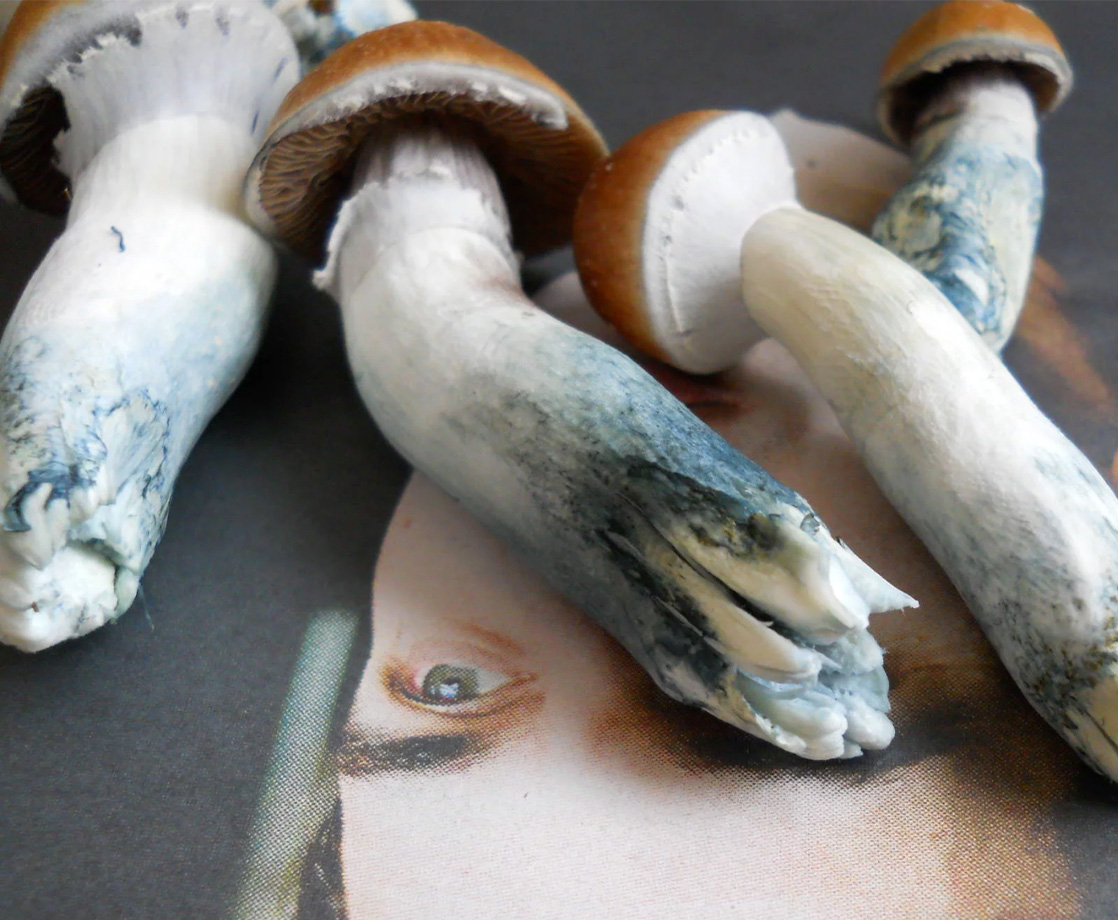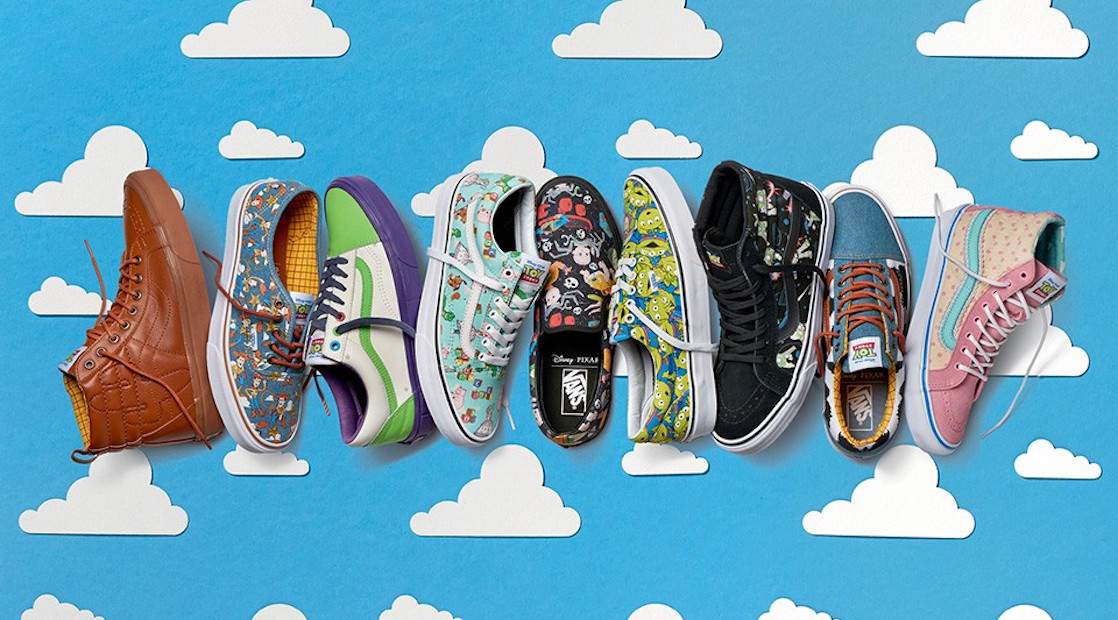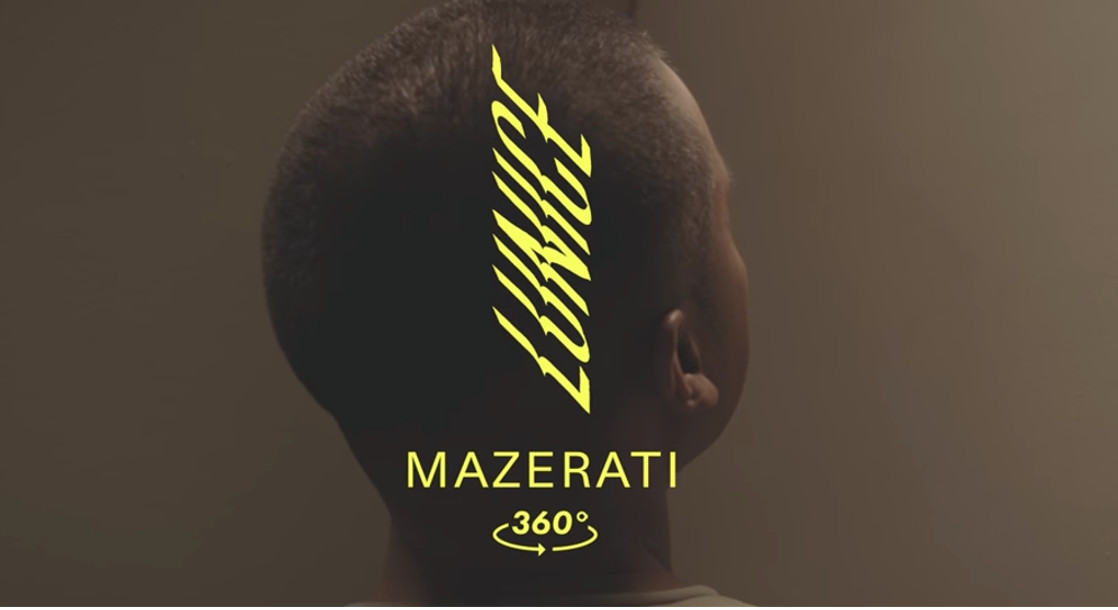Photo via
A recent study pinpointed why Psilocybe cubensis, the most popular psychedelic mushroom, turns blue when bruised or after being picked.
The study, conducted by researchers at Germany’s Leibniz Institute, was published in the November edition of Applied Chemistry International. Bluing of Psilocybe cubensis is one of the tell-tale signs that someone has psychedelic mushrooms on their hands, and as shroomheads have suspected for decades, the phenomenon is caused by chemical reactions involving the fungi’s most famous compound: psilocybin.
The chemists figured this out by doing a bunch of chemistry tricks to Psilocybe cubensis extractions, which included isolating the bluing compound, mixing it with other chemicals to change its colors, then mixing it with other chemicals to turn it back to blue.
Light readings confirmed several key conversion steps, and it goes like this. First, psilocybin loses part of its molecule to become psilocin, the chemical that actually causes people (and some animals) to trip balls. Psilocin then undergoes additional conversions that dimerize, or duplicate, the molecule onto a mirror image of itself. The dimerized psilocin undergoes another conversion to become one of two molecules that reflect blue light, hence the bluing patterns that occur when shrooms are picked, bruised, or otherwise damaged.
What does this mean in the bigger scheme of things? For one, this study’s results indicates that Psilocybe cubensis is becoming a popular research subject, just as venture capital funds and start-up pharmaceutical companies are starting to investigate psilocybin as a legit medical treatment. Two US cities have also permitted personal use of psilocybin shrooms, with nearly 100 more poised to decriminalize the fungus. And now that biochemists can literally brew psilocybin from genetically modified bacteria, we’ll be seeing a lot more studies on shrooms soon.
The study’s findings may also provide visual artists, interior designers, fashion designers, and even makeup artists new tools in their aesthetic arsenals. With cannabis compounds now ending up in everything from cosmetics to pillows, the mainstreaming of shroom compounds into everyday commercial products may be coming in the near future, too. Especially if scientists determine that these blue shroom chemicals aren’t psychoactive.
Follow Randy Robinson on Twitter











